Dinosaurs were a group of reptiles that lived millions of years ago, and they are often depicted as giant, ferocious creatures that roamed the Earth. While most people believe that dinosaurs are extinct, some have speculated that these prehistoric animals may still be alive today. This article will explore the question of whether or not there are real dinosaurs alive today.
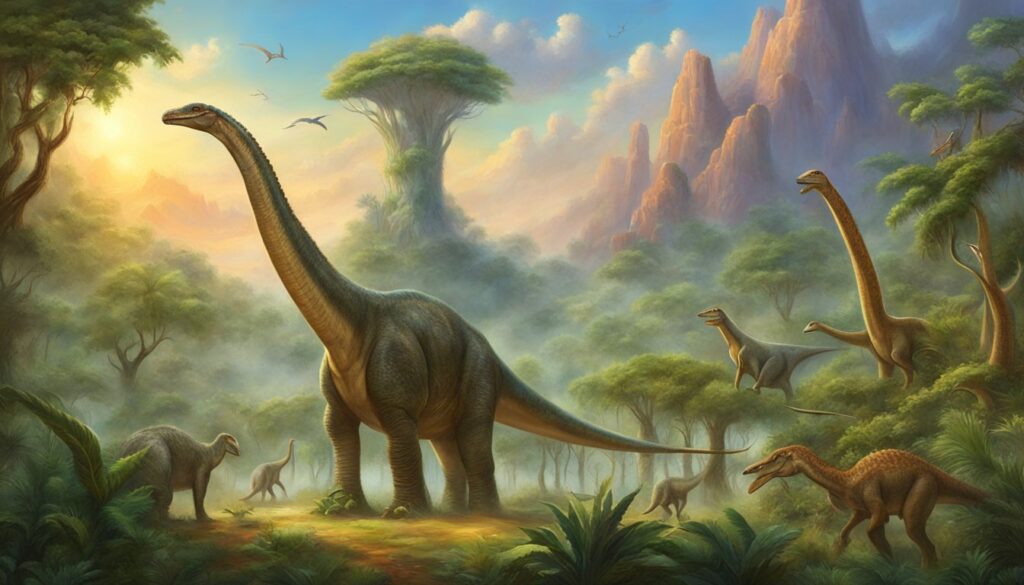
Key Takeaways
- Dinosaurs are often depicted as giant, ferocious creatures that roamed the Earth millions of years ago.
- While non-avian dinosaurs are extinct, birds are considered living descendants of dinosaurs.
- While there is no scientific evidence to support the idea that non-avian dinosaurs still exist today, some people have reported sightings of creatures that they believe could be dinosaurs.
Misconceptions About Dinosaurs
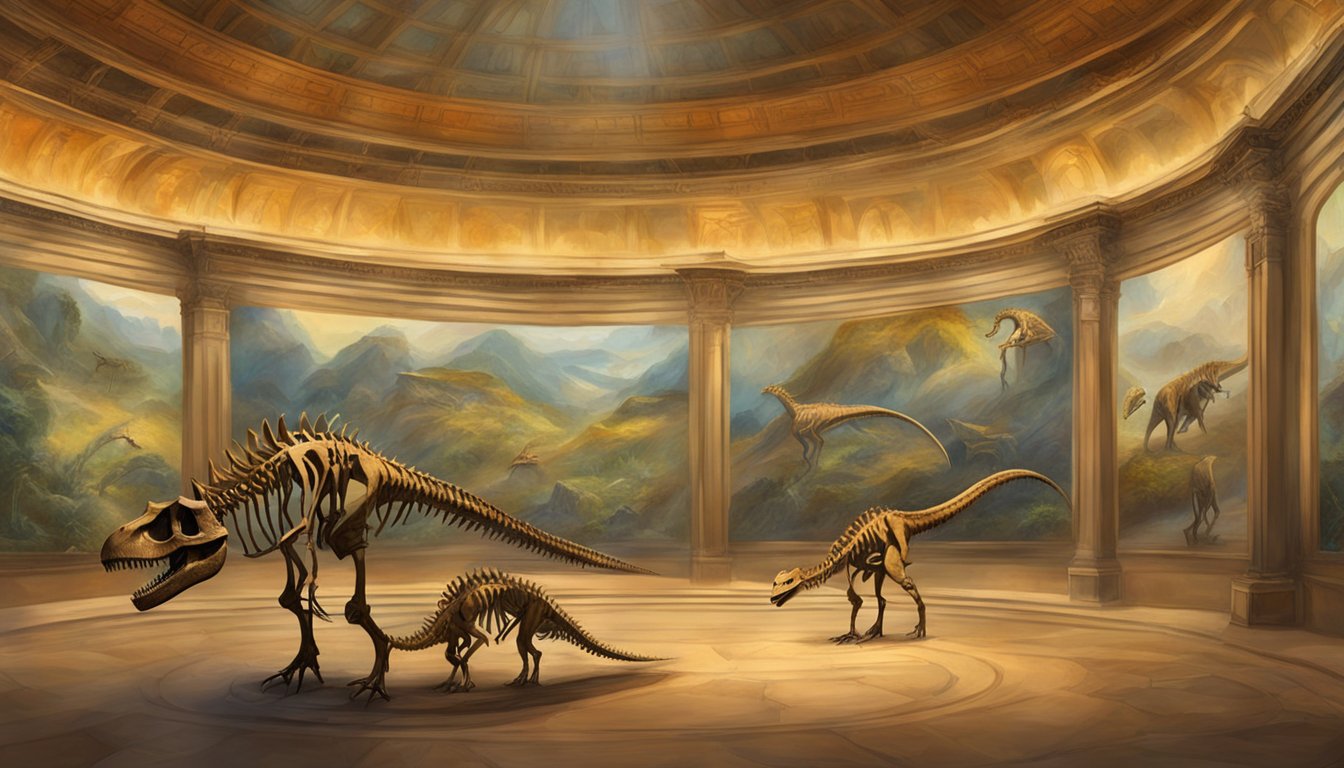
Dinosaurs have been extinct for millions of years, but their legacy still lives on in popular culture and scientific research. However, there are several misconceptions about dinosaurs that have persisted over time, despite scientific evidence and research. This section will explore some of the most common misconceptions about dinosaurs.
Misconception 1: Dinosaurs Were All Giant Lizards
One of the most common misconceptions about dinosaurs is that they were all giant lizards. While some dinosaurs, such as the Stegosaurus and the Triceratops, were indeed large, many other dinosaurs were much smaller. In fact, some dinosaurs were even the size of modern-day birds.
Misconception 2: Dinosaurs and Humans Coexisted
Another common misconception is that humans and dinosaurs coexisted. However, this is not true. Dinosaurs went extinct around 65 million years ago, while humans did not appear on the Earth until much later.
Misconception 3: All Dinosaurs Were Carnivores
While many dinosaurs were indeed carnivorous, not all of them were. Some dinosaurs, such as the Triceratops, were herbivores and only ate plants. Additionally, some dinosaurs were omnivores and ate both plants and meat.
Misconception 4: Dinosaurs Were Slow and Stupid
Contrary to popular belief, dinosaurs were not slow and stupid. In fact, some dinosaurs, such as the Velociraptor, were quite intelligent and had complex social structures. Additionally, many dinosaurs were fast and agile, making them effective predators.
There are several misconceptions about dinosaurs that have persisted over time. By understanding these misconceptions and learning the truth about these fascinating creatures, we can gain a better appreciation for the incredible diversity and complexity of life on Earth.
Fossil Evidence
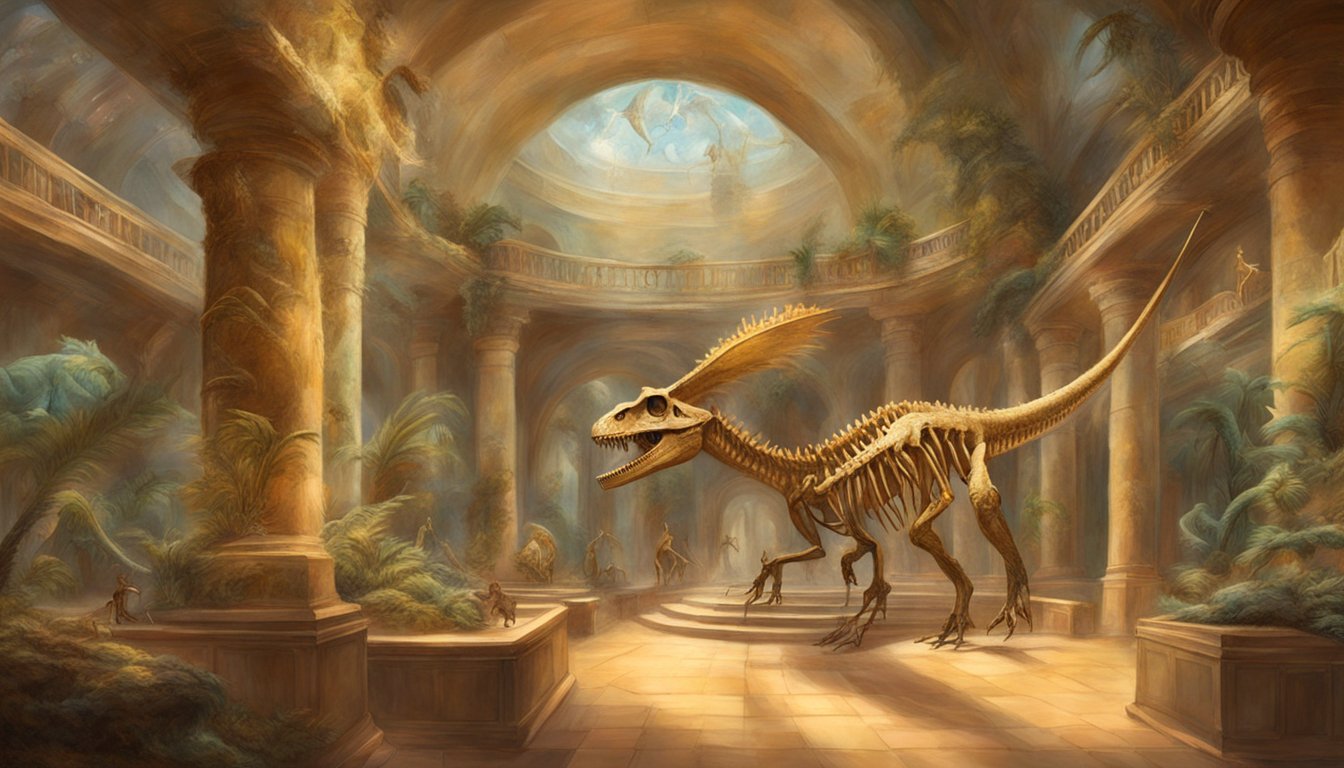
The primary evidence of the existence of dinosaurs is through fossils, which are the remains of ancient organisms preserved in rocks. Paleontologists have been studying dinosaur fossils for over a century, and their findings have helped to reconstruct the physical features, behavior, and ecology of these extinct animals.
Fossils can provide information about the size, shape, and structure of bones, teeth, and other body parts. By comparing the fossils of different species, scientists can determine how they are related and how they evolved over time. They can also use fossils to estimate the age of rocks and the time periods in which dinosaurs lived.
One of the most significant discoveries in dinosaur paleontology was the identification of a layer of sedimentary rock known as the K-T boundary, which marks the end of the Cretaceous period and the extinction of the non-avian dinosaurs. This boundary is characterized by a layer of iridium-rich clay, which is thought to have been deposited by an asteroid impact. The discovery of this boundary provided strong evidence for the asteroid impact hypothesis of dinosaur extinction.
Fossil evidence provides a wealth of information about the existence and characteristics of dinosaurs. While there is no evidence to suggest that dinosaurs are still alive today, the study of fossils continues to reveal new insights into the biology and evolution of these fascinating creatures.
Birds: Living Descendants of Dinosaurs
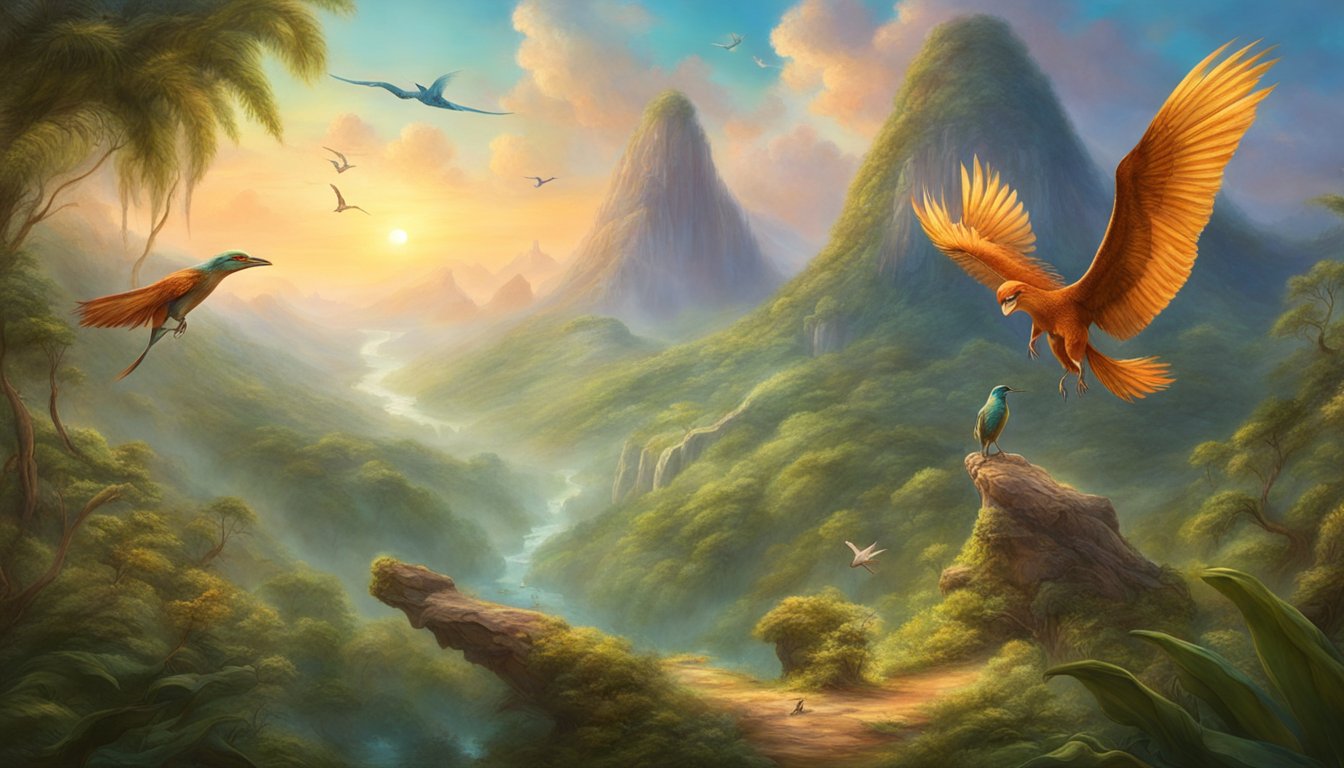
Dinosaurs are often thought of as prehistoric creatures that went extinct millions of years ago. However, one group of animals that are still alive today are actually considered to be living descendants of dinosaurs: birds.
Evolution of Birds from Dinosaurs
Scientists believe that birds evolved from a group of two-legged, meat-eating dinosaurs called theropods. Fossil evidence shows that some theropods had feathers, which were likely used for insulation or display purposes. Over time, these feathers may have become more aerodynamic and allowed for gliding or even powered flight.
One of the most famous examples of a feathered dinosaur is Archaeopteryx, which lived about 150 million years ago. It had feathers on its wings and tail, but also had many reptilian features such as teeth and a long bony tail. This transitional fossil provides strong evidence for the evolution of birds from dinosaurs.
Characteristics of Avian Dinosaurs
Birds share many characteristics with their dinosaur ancestors. For example, both groups have a wishbone, which is a fused clavicle that helps to support the wings during flight. Birds also have a unique respiratory system that allows for a constant flow of air through their lungs, which is similar to the system found in some theropod dinosaurs.
In addition, many birds have retained some of the physical features of their dinosaur ancestors. For example, some birds have long, slender legs with three forward-facing toes and one backward-facing toe, which is similar to the foot structure of many theropod dinosaurs. Some birds also have sharp, curved beaks that are used for tearing flesh, which is a characteristic of many meat-eating dinosaurs.
The evolutionary link between birds and dinosaurs is a fascinating topic that continues to be studied by scientists around the world. By examining the fossil record and analyzing the physical characteristics of modern birds, researchers are gaining a better understanding of how these animals evolved over millions of years.
Extinct Non-Avian Dinosaurs
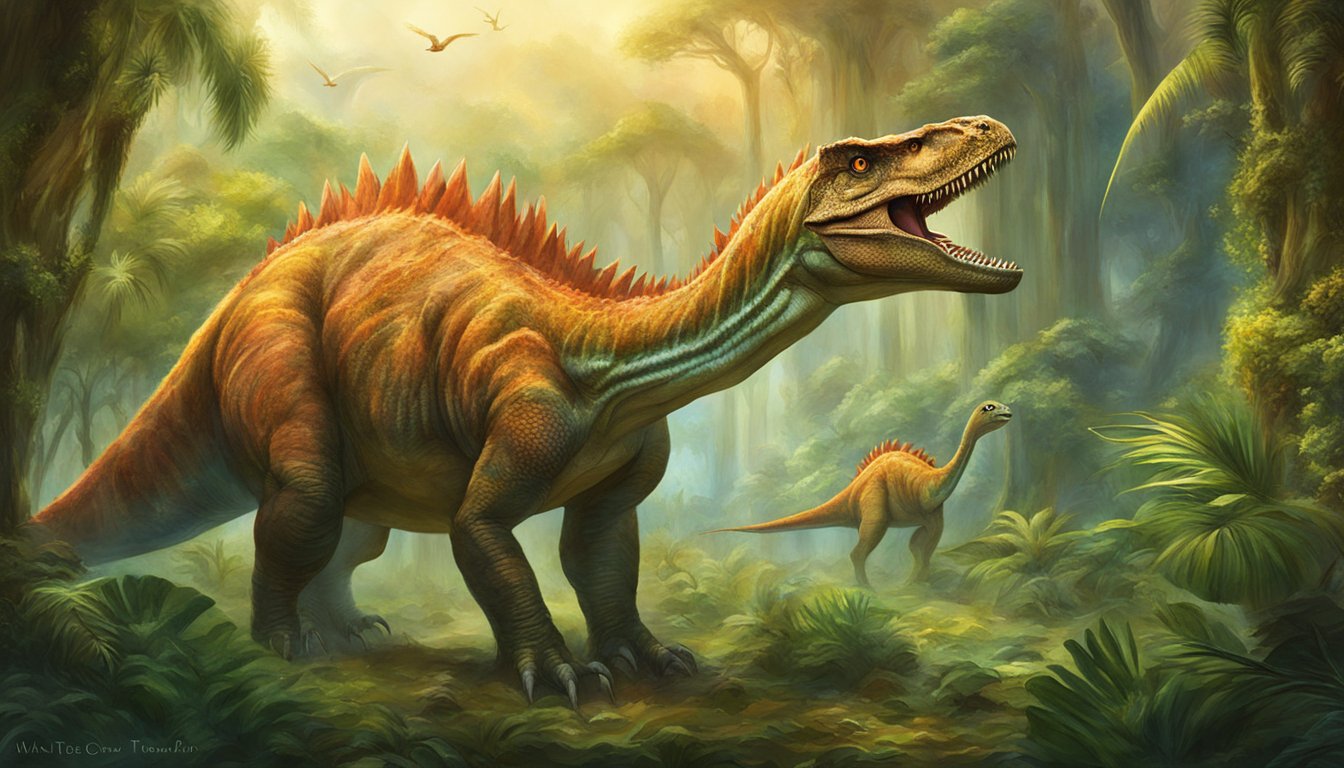
Non-avian dinosaurs are a group of reptiles that lived millions of years ago and are now extinct. They were the dominant terrestrial vertebrates for over 160 million years until their extinction at the end of the Cretaceous period, about 65 million years ago.
Non-avian dinosaurs were a diverse group of animals that ranged in size from the tiny Microraptor to the massive Argentinosaurus. They were found on every continent and had a wide range of adaptations, from the long necks of the sauropods to the sharp teeth and claws of the theropods.
The extinction of non-avian dinosaurs is one of the most studied and debated topics in paleontology. The most widely accepted explanation is that a massive asteroid impact caused a catastrophic event that led to the extinction of the dinosaurs. However, other factors such as volcanic activity and climate change may have also played a role.
Today, there is no scientific evidence that any non-avian dinosaurs are still alive. Fossils of non-avian dinosaurs, from sharp teeth to massive bones, serve as the conclusive evidence in the case against the existence of living dinosaurs HowStuffWorks. While some people have claimed to have seen living dinosaurs, these sightings are often attributed to misidentification or hoax National Geographic.
Non-avian dinosaurs are extinct and have been for millions of years. While some people may believe that dinosaurs still exist, there is no scientific evidence to support this claim. The only living descendants of the dinosaurs are birds, which evolved from a group of theropod dinosaurs during the Jurassic period AMNH.
Cryptozoology and Dinosaur Sightings

Loch Ness Monster and Other Myths
Cryptozoology is the study of animals that are rumored to exist but have not been scientifically proven. The most famous example of this field is the search for the Loch Ness Monster, a creature said to inhabit the depths of Loch Ness in Scotland. While there have been many sightings and reports of the monster over the years, there is no concrete evidence that it exists.
Similarly, there have been many reports of living dinosaurs in various parts of the world, but most of these sightings have been dismissed as hoaxes or misidentifications. One of the most famous examples is the Mokele-Mbembe, a creature said to inhabit the swamps of the Congo. While there have been many reports of the creature over the years, there is no concrete evidence that it exists.
Scientific Evaluation of Sightings
Despite the lack of concrete evidence, some scientists believe that it is possible that some dinosaurs may have survived extinction and are still alive today. For example, the coelacanth, a fish once thought to have gone extinct with the dinosaurs, was discovered alive and well in 1938. Similarly, the discovery of the ivory-billed woodpecker in 2004 after it was thought to be extinct for decades has given some hope to those searching for living dinosaurs.
However, the scientific community as a whole remains skeptical of the possibility of living dinosaurs. There are several reasons for this skepticism, including the fact that dinosaurs were large, complex animals that would require a significant amount of food and habitat to survive. Additionally, the fossil record shows that all non-avian dinosaurs went extinct at the end of the Cretaceous period, around 66 million years ago.
Despite the skepticism, there continue to be reports of dinosaur sightings around the world. While it is unlikely that any of these reports will ever be proven true, they serve as a reminder that the natural world still holds many mysteries waiting to be discovered.
Paleontology and Modern Science
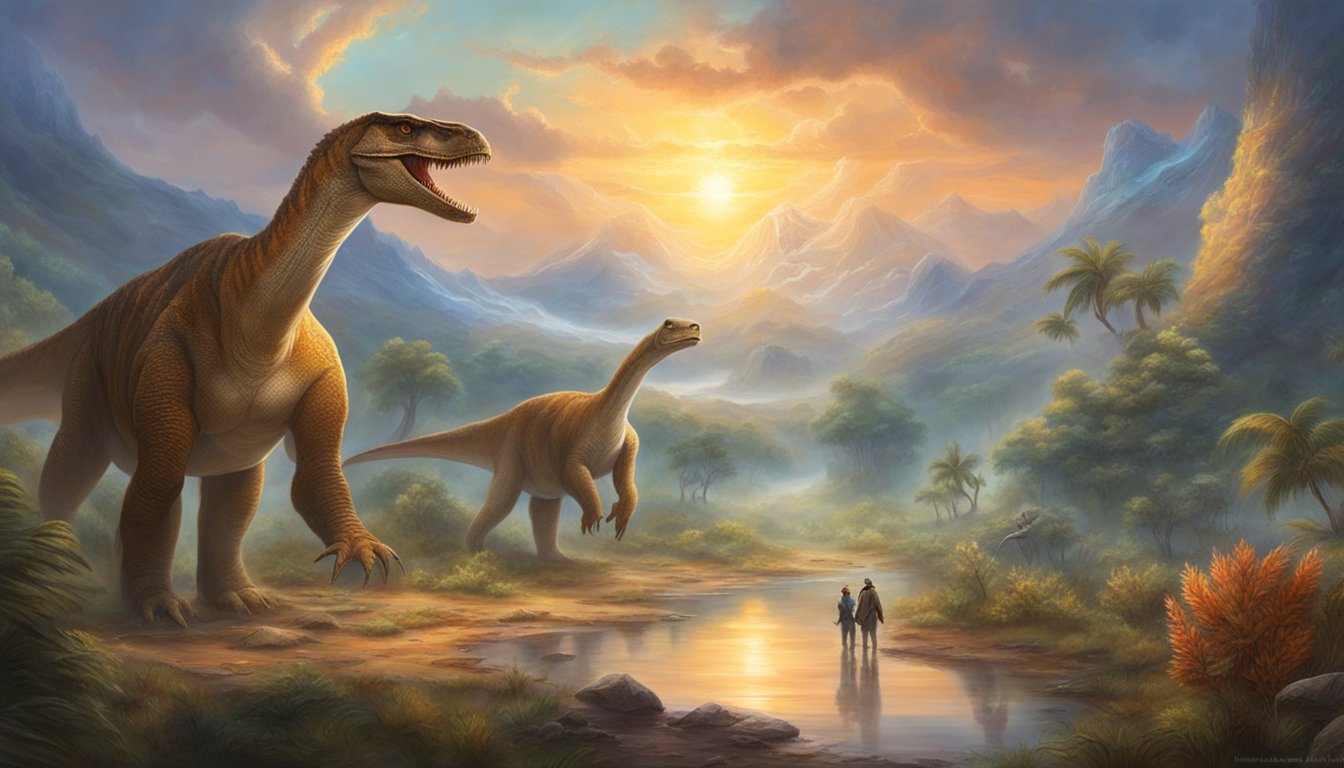
Paleontology is the study of fossils to understand the history of life on Earth. It is a field that has been around for centuries, but modern science has revolutionized it. With new technology, scientists can now study fossils in greater detail, revealing new insights into the lives of ancient creatures.
One of the most fascinating subjects in paleontology is dinosaurs. These prehistoric creatures lived millions of years ago and are believed to have gone extinct around 65 million years ago. However, some people believe that dinosaurs still exist today.
Despite the many claims of sightings and evidence, there is no concrete proof that dinosaurs are still alive today. The scientific community agrees that all non-avian dinosaurs went extinct millions of years ago. The only living descendants of dinosaurs are birds, which evolved from feathered theropod dinosaurs.
Modern science has allowed researchers to learn more about dinosaurs than ever before. By studying fossils, scientists can learn about the anatomy, behavior, and evolution of these ancient creatures. They can also use new technologies to create 3D models of dinosaur skeletons, allowing them to study the creatures in greater detail.
While there have been many claims of living dinosaurs, there is no concrete evidence to support them. Modern science has allowed us to learn more about these ancient creatures than ever before, but we must rely on fossils to understand their lives and behaviors.
Dinosaur Survival Theories
The Chicxulub Impact Event
The most widely accepted theory for the extinction of dinosaurs is the Chicxulub impact event. According to this theory, a massive asteroid or comet struck the Earth approximately 66 million years ago, causing widespread devastation and resulting in the extinction of the dinosaurs. The impact is believed to have caused massive fires, tsunamis, and a global “nuclear winter” effect that would have made it difficult for the dinosaurs to survive.
Alternate Survival Hypotheses
Despite the widespread acceptance of the Chicxulub impact event theory, there are some alternate theories that suggest that some dinosaurs may have survived the extinction event. One such theory is that some dinosaurs may have survived in isolated pockets of the Earth, such as remote islands or underground caves. Another theory suggests that some dinosaurs may have evolved into birds, which are considered to be the closest living relatives of dinosaurs.
While these alternate theories are not widely accepted, they do offer some interesting possibilities for the survival of dinosaurs. However, without any concrete evidence to support these theories, they remain largely speculative.
The extinction of the dinosaurs remains one of the greatest mysteries in the history of life on Earth, the Chicxulub impact event theory is the most widely accepted explanation for their demise. While alternate survival hypotheses are interesting to consider, they remain largely unproven and speculative.
Cultural Impact of Dinosaurs
Dinosaurs have captured the imagination of people for centuries. Their massive size, ferocious appearance, and mysterious extinction have made them a cultural icon. The cultural impact of dinosaurs is evident in various forms of media such as movies, TV shows, books, and video games.
Movies like Jurassic Park and its sequels have grossed billions of dollars worldwide and have become a pop culture phenomenon. The movies have spawned merchandise, theme park attractions, and even a new sub-genre of movies called “dinosaur films.” The popularity of the movies has also led to an increase in interest in paleontology and the study of dinosaurs.
Dinosaurs have also been featured in TV shows, such as the animated series Dino Dan and Dinosaur Train, which are popular among children. The shows use dinosaurs as a tool to teach children about science and history in a fun and engaging way.
In addition to movies and TV shows, dinosaurs have also been the subject of numerous books, both fiction and non-fiction. Books like Michael Crichton’s Jurassic Park and its sequels have become bestsellers, while non-fiction books like The Rise and Fall of the Dinosaurs by Steve Brusatte have been praised for their scientific accuracy and engaging writing style.
The cultural impact of dinosaurs cannot be overstated. They have captured the imagination of people of all ages and continue to be a popular subject in various forms of media.
Conclusion
While there are no real living dinosaurs today, there are animals that have managed to retain many of their ancient characteristics, so they look almost the same as their ancient ancestors. These animals are referred to as “living fossils” and include species such as the crocodile, the horseshoe crab, and the coelacanth.
Paleontologists have been uncovering dinosaur fossils for over 200 years, and while they provide us with a glimpse into the past, they do not bring dinosaurs back to life. The idea that giant dinosaurs still roam the earth today is a popular myth that has been debunked by scientific evidence.
While it is fascinating to imagine what life would be like if dinosaurs still existed, it is important to focus on the animals that do exist today and work towards their conservation and protection. By understanding the past, we can better protect the future of our planet and the animals that call it home.
